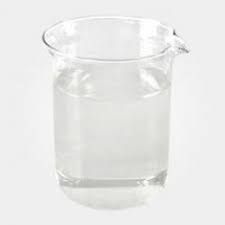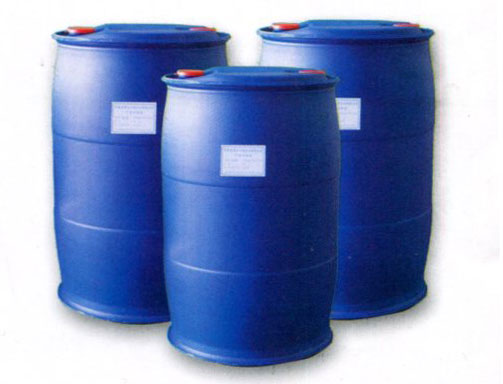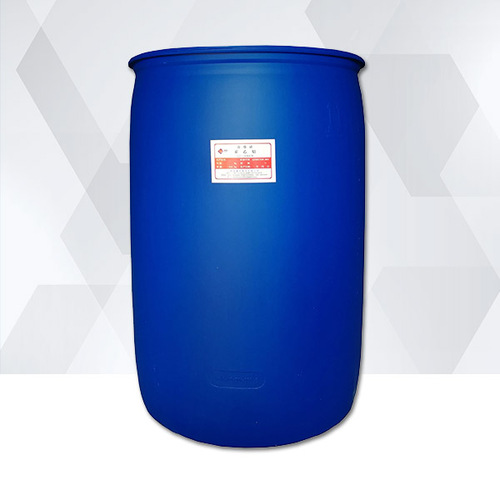Pharmaceutical Raw Materials
Veterinary API
Antiallergic Drugs
Hormones and Endocrine Drugs
Drug Metabolism
Pharmaceutical Intermediates
Synthetic Anti Infective Drugs
Specialty Drugs
Vitamins and Minerals Medicines
Feed Drug Additive
Antineoplastic Agents
Nervous System Drugs
Respiratory Drugs
Diagnostic Agents
Anti Stress Drugs
Antipyretic Analgesics
Antiparasitic Drugs
Circulatory System Drugs
Biochemicals
Blood System Drugs
Immune System Medication
Pharmaceutical Excipients
Fluid, Electrolyte, and Acid-Base Balance
Urinary System Drugs
Antibiotics
Anesthetic Agents
Inhibitors
Other Chemical Drugs
Digestive System Drugs
CAS:134678-17-4
Molecular Formula:C8H11N3O3S
Alias
More Information
4-Amino-1-((2R,5S)-2-(Hydroxymethyl)-1,3-Oxathiolan-5-Yl)Pyrimidin-2(1H)-One; (2R-Cis)-4-Amino-1-[2-(Hydroxymethyl)-1,3-Oxathiolan-5-Yl]-2(1H)-Pyrimidinone; 3'-Thia-2',3'-Dideoxycytidine; 4-Amino-1-((2R,5S)-2-Hydroxymethyl-[1,3]Oxathiolan-5-Yl)-1H-Pyrimidin-2-One
Brief Introduction
This product can be used as an antiviral, for hepatitis B, for the treatment of hepatobiliary diseases.
Suppliers
View More Vendors (2) >
CAS:137-32-6
Molecular Formula:C5H12O
Alias
More Information
Dl-2-Methyl-1-Butanol; 2-Methyl-1-Butanol; (±)-2-Methyl-1-Butanol; Dl-Sec-Butylcarbinol; 1-Butanol, 2-Methyl-; (±)-2-Methyl-Butan-1-Ol; (R,S)-2-Methyl-Butan-1-Ol; 2-Methyl Butanol-1; 2-Methyl-Butan-1-Ol
Brief Introduction
2-Methylbutan-1-ol can be used as food flavor, pharmaceutical intermediate and organic solvent.
Suppliers
View More Vendors (2) >
CAS:140-29-4
Molecular Formula:C8H7N
Alias
More Information
α-Tolunitrile; A-Tolunitrile; α-Cyanotoluene; Benzyl Cyanide; Phenylacetonitrile; Phenyl Acetyl Nitrile
Brief Introduction
The substance is flammable and irritating. After inhalation, headache, dizziness, nausea, vomiting, sleepiness, upper respiratory tract irritation, loss of consciousness, etc. can cause death. It is mainly used in organic synthesis.
Suppliers
View More Vendors (2) >
CAS:147118-37-4
Molecular Formula:C16H18FN3O3S
Alias
More Information
4-(4-Fluorophenyl)-6-Isopropyl-2-(N-Methyl-N-Methylsulphonylamino)Pyrmidine-5-Carboxaldehyde; 4-(4-Fluorophenyl)-6-Isopropyl-2-(N-Methyl-N-Methanesulfonylamino)-5-Pyrimidinecarboxaldehyde; 4-(4-Fluorophenyl)-6-Isopropyl-2-[(N-Methyl-N-Methylsulfonyl)Amino]Pyrimidinyl-5-Yl-Formyl; Intermediate of Rosuvastatin: Z-8
Brief Introduction
This product mainly uses rosuvastatin calcium intermediate
Suppliers
View More Vendors (2) >
CAS:184177-81-9
Molecular Formula:C23H23N3O3
Alias
More Information
4-[4-(4-Hydroxy-Phenyl)-Piperazin-1-Yl]-Phenyl-Carbamic Acid Phenyl Ester; Phenyl {4-[4-(4-Hydroxyphenyl)-1-Piperazinyl]Phenyl}Carbamate; Phenyl {4-[4-(4-Hydroxyphenyl)Piperazin-1-Yl]Phenyl}Carbamate
Brief Introduction
[4 - [4 - (4-hydroxyphenyl) - 1-piperazinyl] phenyl] carbamate is an impurity of posaconazole. Posaconazole is a derivative of itraconazole. It is the second generation triazole antifungal drug approved by FDA in 2006.
Suppliers
View More Vendors (2) >
Inquiry (
10
/ 10
)
Clear All
Sign In
Error!






![N-[4-(4-Fluorophenyl)-5-Formyl-6-(1-Methylethyl)-2-Pyrimidinyl]-N-Methyl-Methanesulfonamide](https://res.chemball.com/upload2/3c31d458-90ba-4efd-b701-062e43e2e9ec.png)